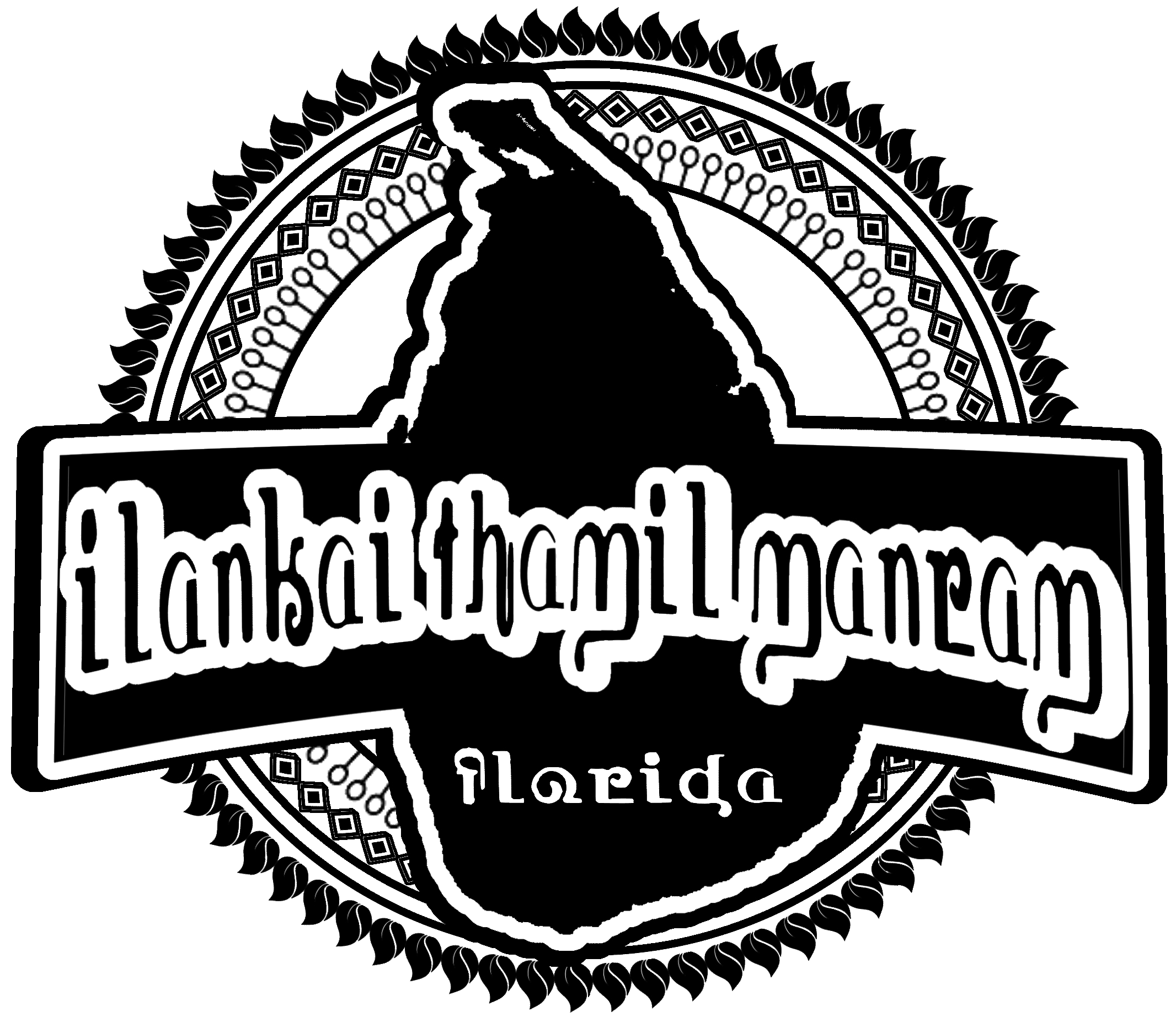
The written script of Thamil evolved alongside its spoken version over centuries into the alphabet that is used today.
Given the difficulty in the discovery and preservation of ancient writings, it is not surprising that there are many theories regarding the roots of the written Thamil language. Thamil’s earliest forms are believed to have developed from a script language known as Brahmi script. Brahmi script is the second-oldest form of writing found in India, the Indus script being the first. However, it is unclear where the roots of Brahmi script itself lie.
There are a few theories as to the origin of Brahmi script: the more popular theory is that it developed from other foreign languages, while others claim it could be descended from Indus script or even indigenous. If of foreign origin, the Brahmi script’s likely candidate as a predecessor is a semitic language like Aramaic. While there are some similarities in form between Brahmi script and Indus script, there is no direct evidence to suggest a link. Those who believe it is indigenous point to rock graffiti or pot carvings in Tamil-Nadu, India, where the script seems to evolve chronologically from graffiti inscriptions to Brahmi script. Whatever its origins, the earliest evidence of written Brahmi script seems to date from the third century BCE.
The variant of Thamil that arose in South India and Sri Lanka out of Brahmi script was a version known as Tamil-Brahmi script. This has been found in inscriptions dating from the second and first century BCE, although the script itself had multiple iterations which were used concurrently, resulting in difficulty in dating the development of the script. Although this script is viewed as ancient Thamil, in actuality, modern Thamil is not directly descended from Tamil-Brahmi script.
In the fourth century CE, the Pallava dynasty of southern India created their own script for Thamil, as did the Chola dynasty as well. It is from the merging of these two scripts that the predecessor to modern Thamil script evolved. Interestingly, the script was also modified later due to the changing media used for writing. As writing transitioned from stone carvings to the use of palm leaves manuscripts, the style of the writing also changed in order to prevent damage to the leaves, which could lead to an increased rate of decay.
With the rise of printed materials, the written script of Thamil was simplified further in the 19th and 20th centuries in order to make typesetting easier. In 1991, Thamil was added to the Unicode Standard. There are many artistic interpretations of Thamil script that may now be found online in the form of various fonts.
